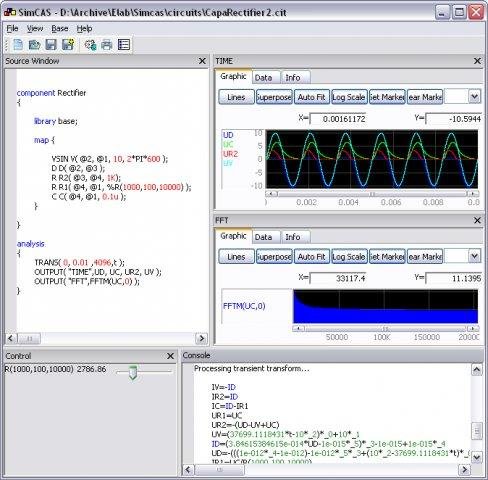Spring MOS-AK Workshop
at DATE Conference in Lausanne, March 31, 2017
Final Program online http://mos-ak.org/lausanne_2017/
Final Program online http://mos-ak.org/lausanne_2017/
Together with the MOS-AK workshop chair, Dr. Jean-Michel Sallese, EPFL and International MOS-AK Board of R&D Advisers: Larry Nagel, Omega Enterprises Consulting (USA), Andrei Vladimirescu, UCB (USA); ISEP (FR) as well as all the Extended MOS-AK TPC Committee, we have pleasure to invite to the Spring MOS-AK Workshop which will be held during DATE Conference on March 31, 2017 in Lausanne (CH). The MOS-AK workshop is organized with aims to strengthen a network and discussion forum among experts in the field, enhance open platform for information exchange related to compact/SPICE modeling and Verilog-A standardization, bring people in the compact modeling field together, as well as obtain feedback from technology developers, circuit designers, and CAD/EDA tool developers and vendors.
Important Dates:
- Preannouncement - Dec. 2016
- Call for Papers - Jan. 2017
- Final Workshop Program - Feb. 2017
- MOS-AK Workshop - March 31, 2017
Venue:
Swisstech Convention Centre Quartier Nord de l'EPFL Route Louis-Favre 2 CH-1024 Ecublens (CH)
Final Program of Spring MOS-AK/DATE workshop is available online
http://www.mos-ak.org/lausanne_2017/
Online MOS-AK/DATE Workshop Registration
http://www.mos-ak.org/lausanne_2017/
Online MOS-AK/DATE Workshop Registration
https://www.date-conference.com/registration
(any related inquiries can be sent to register@mos-ak.org)
Postworkshop Publications:
Selected best MOS-AK technical presentation will be recommended for further publication
in a special issue of the International Journal of High Speed Electronics and Systems
Extended MOS-AK Committee
(any related inquiries can be sent to register@mos-ak.org)
Postworkshop Publications:
Selected best MOS-AK technical presentation will be recommended for further publication
in a special issue of the International Journal of High Speed Electronics and Systems
Extended MOS-AK Committee
WG280217
You received this message because you are subscribed to the Google Groups "mos-ak" group.
To unsubscribe from this group and stop receiving emails from it, send an email to mos-ak+unsubscribe@googlegroups.com.
To post to this group, send email to mos-ak@googlegroups.com.
Visit this group at https://groups.google.com/group/mos-ak.
For more options, visit https://groups.google.com/d/optout.









